Where Is The Rule At Now, And Where Is It Heading?
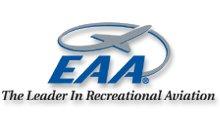 The Experimental
Aircraft Association noted Friday the sport pilot/light-sport
aircraft community took perhaps its biggest strides forward over
the past 12 months, as it marked the third anniversary of the
introduction of the new aircraft and pilot categories.
The Experimental
Aircraft Association noted Friday the sport pilot/light-sport
aircraft community took perhaps its biggest strides forward over
the past 12 months, as it marked the third anniversary of the
introduction of the new aircraft and pilot categories.
After more than a decade of direct involvement and leadership in
making the rule a reality, EAA has spent the past three years
helping create the necessary infrastructure and marketplace
essential for the success of what's commonly known as the "sport
pilot rule." This burgeoning recreational aircraft community is
showing increased growth... and an access point for those who wish
to participate in recreational aviation.
"The past 12 months gave us a glimpse of the growth and
innovation possible within the light-sport aircraft category," said
Earl Lawrence, EAA's vice president of industry and regulatory
affairs, who also chairs the ASTM International committee that
created the consensus standards for light-sport aircraft.
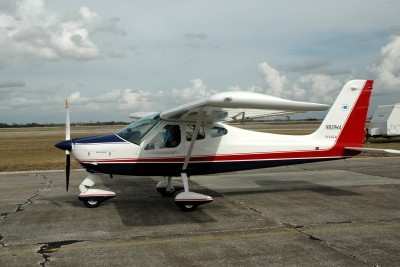
EAA's annual review regarding sport pilot/light-sport aircraft
comes as interest in this new area of flying is reaching new
levels. This growth validates EAA's vision for sport pilot and
light-sport aircraft.
The organization notes this new flying segment is more than a
way to keep current pilots flying; it is the cornerstone of
expanding the pilot community and bringing new people into
aviation.
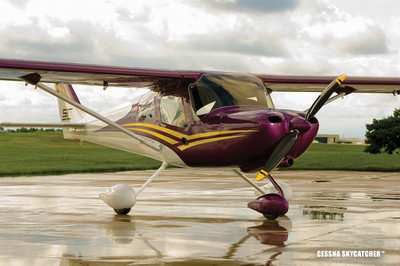
"The recent announcements by Cessna and Cirrus of their intent
to enter the light-sport aircraft market, along with outstanding
products already available from other companies, provides further
momentum to this segment of aviation," Lawrence said. "There is no
doubt that drawing new people into aviation is essential. Sport
pilot is the most practical entry way to aviation as a safe,
affordable, fun and fulfilling pursuit."
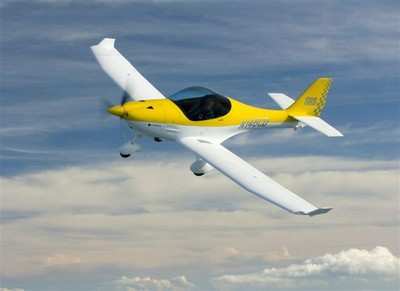
Among the milestones reached in the third year of the sport
pilot/light-sport aircraft rule:
- More than 50 new, affordable, ready-to-fly aircraft are now
available for purchase by sport pilots, for one-quarter to one-half
of the cost of traditional new, factory-built airplanes;
- More than 2,100 Sport Pilot certificates have been issued as of
June 1, 2007 (up from 400 in August 2006);
- More than 230 Sport Pilot instructors are now certificated (up
from 100 in 2006);
- More than 4,000 light-sport aircraft are on the FAA register
(not counting type-certificated and amateur-built aircraft that are
also eligible to be flown by sport pilots) -- up from 500 in
2006;
- More than 240 designated pilot examiners authorized to give
sport pilot flight tests (checkrides) - growth of 20 percent in the
past year;
- Nearly 3,700 successful applicants in the sport pilot airman
knowledge (written) test (an increase of 2,300 in the last 10
months);
- Approximately 6,200 EAA ultralight transition kits distributed
in three years;
- FAA approval that allows the use of retractable landing gear in
amphibious aircraft that meet the light-sport aircraft
standards.
EAA happily adds that growth seen over the past year easily
outpaces the cumulative totals from the first two years of the
sport pilot/light-sport aircraft rule. In addition, a growing
number of flight schools are adding light-sport aircraft to their
training fleet as the sport pilot community becomes more widely
accepted as a key entry component to personal flight.
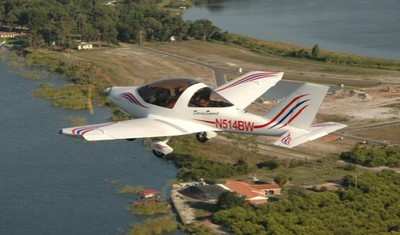
But even with this substantial progress, other very-real
challenges remain to the creation of a full, vibrant sport-pilot
community can take shape. Some of those issues are similar to those
from a year ago, including:
- Maintenance: Continued efforts to develop
maintenance courses and make them more widely available.
- Education: There remains some confusion
regarding insurance, airport access and potential transition
deadlines. EAA's efforts in this area will intensify, especially as
the January 31, 2008 transition deadline for currently exempted
two-place ultralights approaches.
- Outreach: EAA Sport Pilot Tour reached
thousands of aviation enthusiasts in major metropolitan markets
during 2006, with as many as half of those attending currently not
involved in aviation. Light-sport aircraft manufacturers are also
becoming more visible at local and regional aviation events. These
combined outreach efforts, whether led by EAA, FAA or the industry,
are essential to connect with potential sport pilots who are now
outside of aviation.
Overall, though, EAA says the prognosis for Sport Pilot remains
very good.
"In just three years, sport pilot/light-sport aircraft has
become a part of the recreational aviation communit," the group
states. "As the segment expands, new challenges will always emerge.
While a few areas are behind the rapid progress seen in areas such
as new aircraft development and pilot interest, the marketplace is
beginning to find the areas of need and address them.
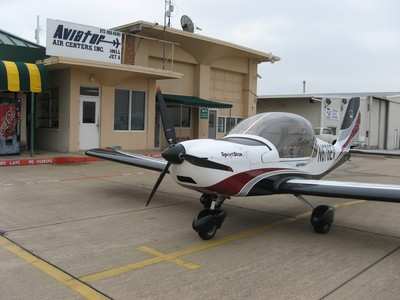
"The feared complexities of an entirely new rule and marketplace
have been greatly eased in the past year," EAA adds. "This new
entry point for aviation must help carry the momentum for increased
pilot starts. The sport pilot/light-sport aircraft rule, however,
has created new aircraft, new pilots and an increased interest in
aviation as safe, affordable and fun outdoor recreation that offers
satisfaction like no other pursuit. The continued success of this
rule is dependent on advancement as a total package in all areas.
EAA will continue its work to build on the dramatic successes made
in just three years."
 Aero-News: Quote of the Day (04.28.25)
Aero-News: Quote of the Day (04.28.25) ANN's Daily Aero-Term (04.28.25): Decision Altitude (DA)
ANN's Daily Aero-Term (04.28.25): Decision Altitude (DA) ANN's Daily Aero-Linx (04.28.25)
ANN's Daily Aero-Linx (04.28.25) Airborne-Flight Training 04.24.25: GA Refocused, Seminole/Epic, WestJet v TFWP
Airborne-Flight Training 04.24.25: GA Refocused, Seminole/Epic, WestJet v TFWP Aero-News: Quote of the Day (04.29.25)
Aero-News: Quote of the Day (04.29.25)








